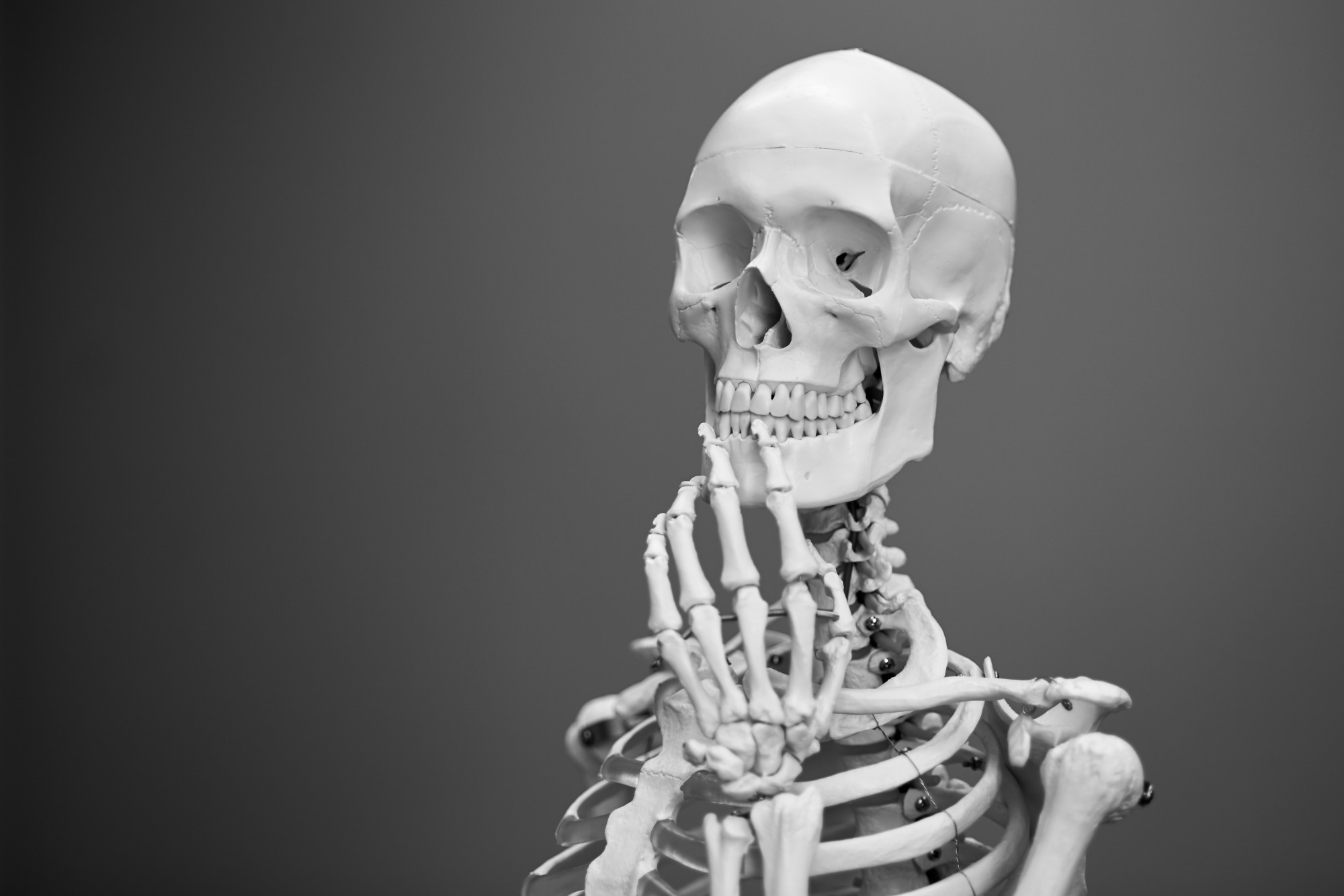In anatomy, kinesiotherapy, biomechanics and other disciplines that involve human movement and orientation the knowledge of the anatomical planes, axes and general orientation data is crucial to properly describe the correct motions and locations. Not only medical professionals but also health instructors and wellness and fitness users are benefiting from knowing these details.
Our approach is diving these details in 3 categories:
- Anatomical Planes/Cardinal Planes
- Anatomical Axes
- General Orientation Data
What are exactly Anatomical planes?
Anatomical planes are imaginary lines used to divide the human body into different sections or regions for the purpose of describing the location and relationships of structures within the body.
There are three main anatomical planes:
- Sagittal or Longitudinal plane – separating the left and right sides of the body. (Fig. 1-2)
- Frontal or Coronal plane – separating the front (anterior) and back (posterior) of the body. (Fig.3-4)
- Transverse or Axial plane – separating the body in the upper (superior) and the lower (inferior) part. (Fig.5-6)
Fig. 1 – The Sagittal plane
Fig. 2 – The Sagittal plane with additional general orientation data
Fig. 3 – The Frontal plane
Fig. 4 – The Frontal plane with additional general orientation data
Fig. 5 – The Transverse plane
Fig. 6 – The Transverse plane with additional general orientation data
On top of the biomechanical data, these planes are also used in medical imaging, surgical procedures, and other aspects of healthcare to help clinicians accurately describe the position and relationship of structures within the body.
Anatomical planes are correlated with anatomical axes that are used to describe the rotation of a limb of a body part. When describing anatomical motion, the anatomical planes describe the axis along which an action is performed. For example, by moving through the transverse plane, movement travels from head to toe. For example, if a person jumped directly up and then down, their body would be moving through the transverse plane in the coronal and sagittal planes.
What are the main Anatomical Axes?
Similar to anatomical planes, anatomical axes are imaginary lines that run through the body and are used as a reference point for describing movement or orientation of body parts. The three main anatomical axes are:
- The Transverse or Horizontal axis (Fig. 7). The transverse axis runs horizontally from left to right.
- The Anteroposterior(AP) or Sagittal axis (Fig. 8). The AP Axis passes through the body or a body part from the anterior (front) to the posterior (back).
- The Longitudinal /Vertical Axis/ Superior – Inferior /Cephalocaudal/Cranio-Caudal axis (Fig.9) The longitudinal axis runs lengthwise through the body or any of its parts, it runs from the head (cranial end) to the tailbone (caudal end).
Fig. 7 – The Transverse axis
Fig. 8 – The Anteroposterior axis
Fig. 9 – The Longitudinal axis
These axes are important in anatomy and biomechanics because they help describe movements and positions of the body. For example, if you were performing a bicep curl, the sagittal axis would be the axis around which your elbow joint is rotating. The frontal axis would be the axis around which your shoulder joint is rotating, and the vertical axis would be the axis that runs through your body from top to bottom. The frontal axis, also known as the coronal axis, runs from side to side, passing through the body at the level of the ears, and divides the body into front (anterior) and back (posterior) portions.
By understanding these axes and how they relate to movement, we can better understand the mechanics of the human body.
Each axis is perpendicular to one anatomical plane like:
- The Longitudinal axis is perpendicular on the Transverse plane
- The Transverse axis is perpendicular on the Sagittal plane and
- The Anteroposterior axis is perpendicular on the Frontal plane.
What is General Orientation data?
In biomechanics, orientation data is often used to describe the relative position of body segments or joints during movement. The terms lateral, medial, anterior, posterior, proximal, distal, caudal, and cranial are used to describe orientation data.
Lateral refers to the side of the body that is farther away from the midline, while medial refers to the side that is closer to the midline. For example, when a person is standing upright, their arms are positioned laterally to their torso, while their legs are positioned medially to their arms. (Fig 10)
Fig. 10 – The Lateral/Medial Orientation
Cranial refers to the direction that runs from the head end of the body towards the tail, while Caudal refers to the direction that runs from the tail end of the body towards the head. For example, when a person performs a backbend, their spine moves in the cranial direction, while their legs move in the caudal direction. (Fig.11)
Fig. 11 – The Cranial/Caudal Orientation
Anterior refers to the front of the body, while posterior refers to the back of the body. For example, when a person performs a push-up, their chest moves in the anterior direction, while their back moves in the posterior direction. (Fig. 12,13)
Fig. 12 – The Anterior/Posterior Orientation and the Anteroposterior Axis
Fig. 13 – The Anterior/Posterior Orientation
Proximal refers to a structure that is closer to the center of the body or to another specified structure, while distal refers to a structure that is farther away from the center of the body or from another specified structure. (Fig.14)
For example, in the upper extremity, the shoulder joint is considered proximal to the elbow joint because it is closer to the center of the body. Conversely, the hand is considered distal to the elbow joint because it is farther away from the center of the body.
Similarly, in the lower extremity, the hip joint is considered proximal to the knee joint because it is closer to the center of the body. The foot, on the other hand, is considered distal to the knee joint because it is farther away from the center of the body.
Fig. 14 – The Proximal/Distal Orientation
By using the general orientation data terms, researchers and practitioners can more precisely describe the movements and positions of the body during various activities, such as sports or rehabilitation exercises. This information can then be used to evaluate the effectiveness of different exercises or techniques, identify areas of weakness or injury, and design interventions to improve performance or prevent injury.
Key Takeaways
Knowledge of anatomical planes, axes, and general orientation data is crucial for accurately describing the human body’s motions and locations. These concepts are used not only by medical professionals but also by health instructors, fitness users, and in medical imaging, surgical procedures, and other aspects of healthcare. Anatomical planes are imaginary lines that divide the human body into different sections, and there are three main anatomical planes: sagittal, frontal, and transverse. Anatomical axes are imaginary lines used as a reference point for describing the movement or orientation of body parts, and the three main anatomical axes are the transverse, anteroposterior, and longitudinal axes. General orientation data terms, such as lateral, medial, anterior, posterior, proximal, and distal, are used to describe the relative position of body segments or joints during movement.
Conclusions
Overall, anatomical planes, axes and orientation data play a crucial role in the study of anatomy and medicine. By providing a standardised and universal system for describing the location and relationships of structures within the body, these concepts are essential for accurate diagnosis, treatment planning, and communication among medical professionals or healthcare and wellness providers.
New – Test your knowledge!
Are you ready to put your knowledge to the test and have some fun along the way? Whether you’re an expert in a specific field or just love learning new things, this quiz is the perfect opportunity to challenge yourself and expand your horizons. See our newest Orientation in Anatomy quiz. Challenge your friends and colleagues as well!
Let us know if you enjoyed this article and until next time!
A.V.

